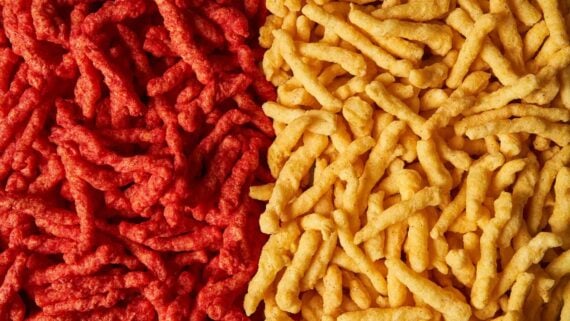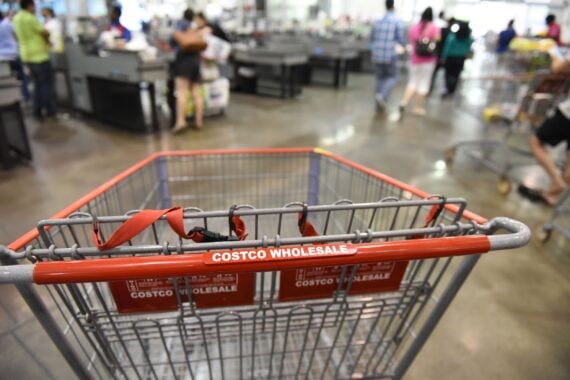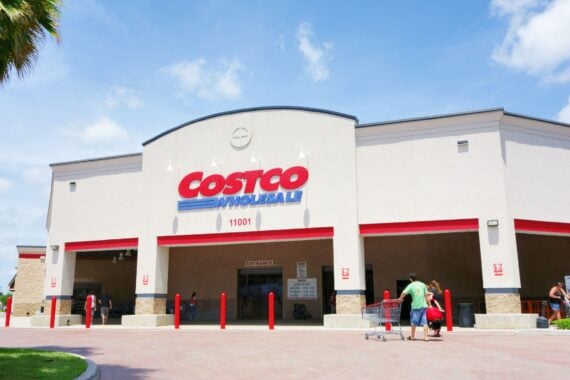PepsiCo recently announced a new “Simply NKD” line of Doritos and Cheetos — the same bold flavors, but without artificial dyes or flavors. It’s a big moment for the snack aisle, especially with federal regulators planning to phase out petroleum-based synthetic dyes by the end of next year and consumers becoming more particular about dye-free options.
But here’s the question that shoppers are already asking (and not quietly): Are we about to pay more for chips that actually cost less to make?
What People Are Saying
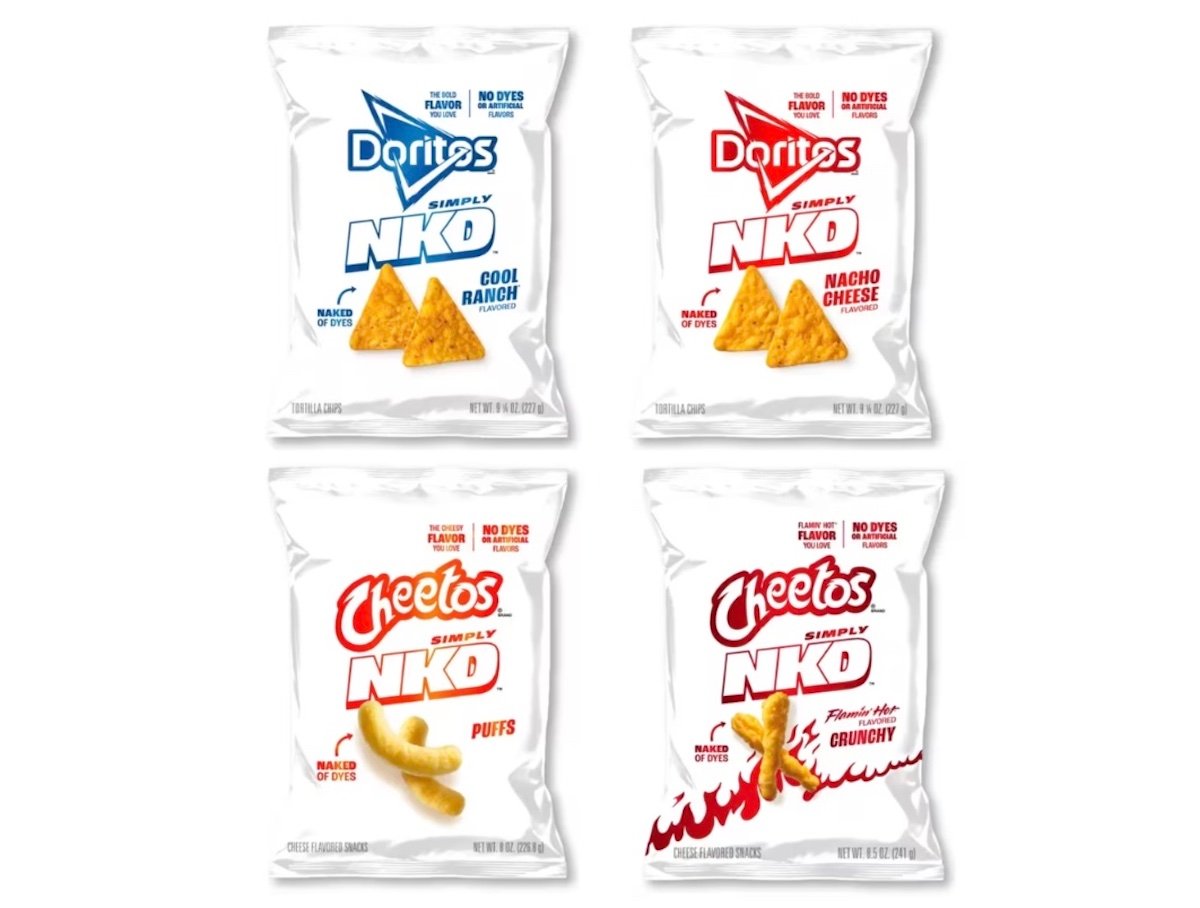
As soon as the news hit that there would be dye-free Doritos and Cheetos, social media and Reddit lit up. And the debate wasn’t about flavor — it was about price.
One commenter nailed the consumer anxiety in a single line: “They will cost more for using less. Cool, it’s an option, but yeah, I’m sure they’ll take advantage of people not wanting the artificial stuff in their body.” (Sort of like people paying more for organic options.)
That sentiment pretty much sums up the mood: people like cleaner ingredients. Still, they’re tired of paying more for those things, especially when global versions of the same snacks are already dye-free at normal prices.
Another person pushed back, saying artificial dyes are cheap, so removing them isn’t a conspiracy — it genuinely costs more to produce. But if that’s universally true, why aren’t shoppers in Canada and the EU paying extra for the dye-free versions they’ve had for years? And why does ALDI offer so many naturally colored snack options for a fraction of the cost of the big-name, dyed counterparts?
Pricing Is Up to the Brands

The pressure behind the NKD rollout isn’t subtle. U.S. Health Secretary Robert F. Kennedy Jr. has already signaled that the government plans to phase out petroleum-based dyes from the food supply by the end of next year. Parents and researchers have raised health concerns for years, even as the FDA maintains it hasn’t found conclusive evidence. PepsiCo didn’t mention the regulation in its announcement — no surprise there — but the timing lines up perfectly.
A regulatory push means this shift is coming whether consumers want NKD snacks or not. But regulations aside, the price points are fully set by the brands in question.
So What Should You Expect at Checkout?

- Cleaner labels often debut with premium pricing, even when the ingredient swap isn’t actually costlier.
- Artificial dyes really are cheaper. Companies save money when they use them.
- But pricing is a marketing game, not just a cost game. “Dye-free” is a strong selling point, which brands know they can charge for.
- U.S. shoppers already pay more for basic groceries than in many countries with stricter ingredient rules.
Translation: don’t be shocked if NKD Doritos ring up a little higher than the neon-orange originals.
How to Protect Your Budget as the Snack Aisle ‘Cleans Up’

If you’re trying to keep your grocery bill under control while the industry shifts away from artificial ingredients, here’s how to stay ahead of it:
1. Expect a rollout premium — but watch for a correction.
New formulas often launch high, then drop once production stabilizes and competition catches up.
2. Compare unit prices, not the front of the bag.
If NKD is $5.49 and the classic is $4.29, but the NKD bag is smaller? That’s a stealth price increase, not a quality upgrade.
3. Keep an eye on store brands.
Retailers move fast, and their dye-free alternatives will likely stay cheaper. Also consider hitting stores that notoriously tout dye-free offerings, like ALDI and Trader Joe’s.
4. Buy the original versions.
If you’re not pressed about dyes and just want the lowest price, stock up on the original versions.
Looking for similar stories on Cheapism?
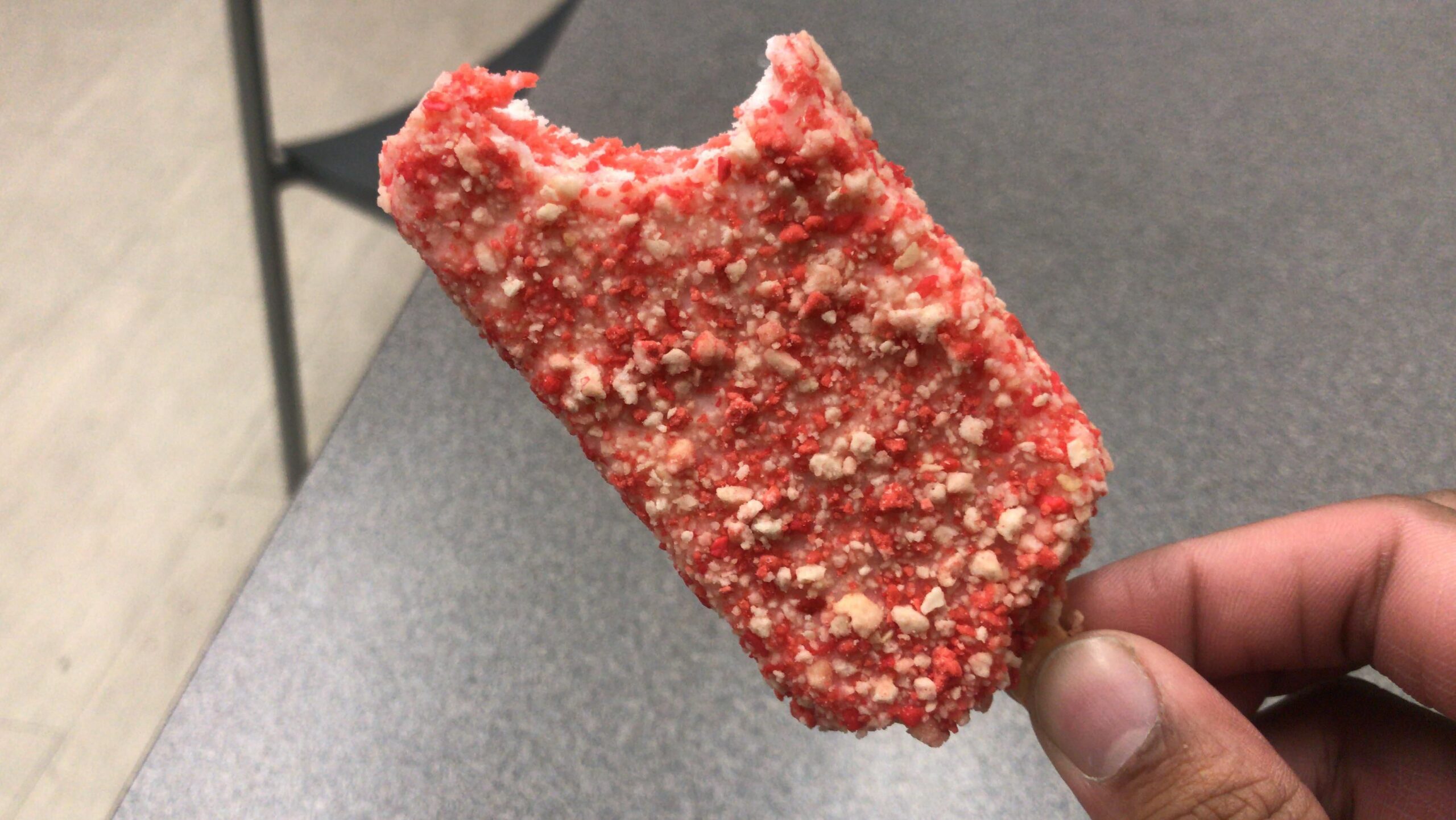
- FDA Bans Red Dye No. 3: These Beloved Foods Will Be Affected — These eight foods are going to take a hit when the ban goes into effect.
- 9 Foods You Didn’t Know Had Artificial Dye in Them — Including pickles, wasabi, and farm-raised salmon.
- Holy Cow! Secret Ingredient Behind McDonald’s Mouthwatering Fries Revealed — Beef flavoring is the key ingredient in McDonald’s fries. Here’s how it’s used.
